Southwest Airlines was one of the few airlines that managed to avoid involuntarily furloughing any of its employees at the start of the October when a federal payroll support package abruptly ended after Congress failed to reach a deal on a wider stimulus package. But despite managing this feat, Southwest was hoping for a slightly better recovery than what’s we’ve witnessed.
If Southwest is to avoid furloughing its staff through what is set to be a long hard winter and very possibly a sluggish recovery through the whole of next year, chief executive Gary Kelly says unionized employees will have to agree to concessions – or in other words, pay cuts.
Kelly is adamant that the cuts will be temporary and without them, the only alternative will be to layoff workers en masse – the first time Southwest would need to implement forced redundancies since the airline was founded back in 1967.
The unions, however, are so far refusing to budge, although Southwest says that officially negotiations are ongoing with the majority of the different unions that represent a wide range of workgroups across the airline.
Talks, however, do appear to have broken down with one union with 42 workers who manage parts inventory receiving WARN notices that notify them they are at risk of being laid.
“We are not closing the door to further discussions,” noted Russell McCrady, Southwest’s vice president of labor relations in comments reported by Bloomberg. “We hope to continue seeing progress that will protect our employees, while simultaneously responding to one of the greatest challenges ever faced by our airline.”
But other unions don’t seem to be backing down. The Local 556 branch of the Transport Workers Union which represents flight attendants has started a campaign called ‘Not so fast Gary’.
Southwest has asked its flight attendants to take a 10 per cent pay cut but the union claims on top of reduced flying hours the real cut actually looks a lot more like 30 per cent. The union also argues that 32 per cent of its members took a voluntary leave of absence to avoid furloughs.
In contrast, the average uptake of voluntary leaves across the airline was 25 per cent – flight attendants argue they’ve already given more than their fair share in helping Southwest.
The other concern, though, is that with furloughs being decided on seniority, there’s simply no incentive for unions to make concessions when their leadership and most of their ardent supporters are long-serving employees who don’t face the risk of being furloughed.
So far, Kelly’s call for everyone to “sacrifice more” hasn’t resonated with the unions.
Of course, this could all be academic if Congress approves a second airline bailout. Kelly says concessions will be taken off the table if a payroll support package materialises.
But in the current political climate, time could well run out before that happens. In which case, Southwest employees could be joining the roughly 38,000 airline workers who have already been involuntarily furloughed since the start of October.
Mateusz Maszczynski honed his skills as an international flight attendant at the most prominent airline in the Middle East and has been flying throughout the COVID-19 pandemic for a well-known European airline. Matt is passionate about the aviation industry and has become an expert in passenger experience and human-centric stories. Always keeping an ear close to the ground, Matt's industry insights, analysis and news coverage is frequently relied upon by some of the biggest names in journalism.









